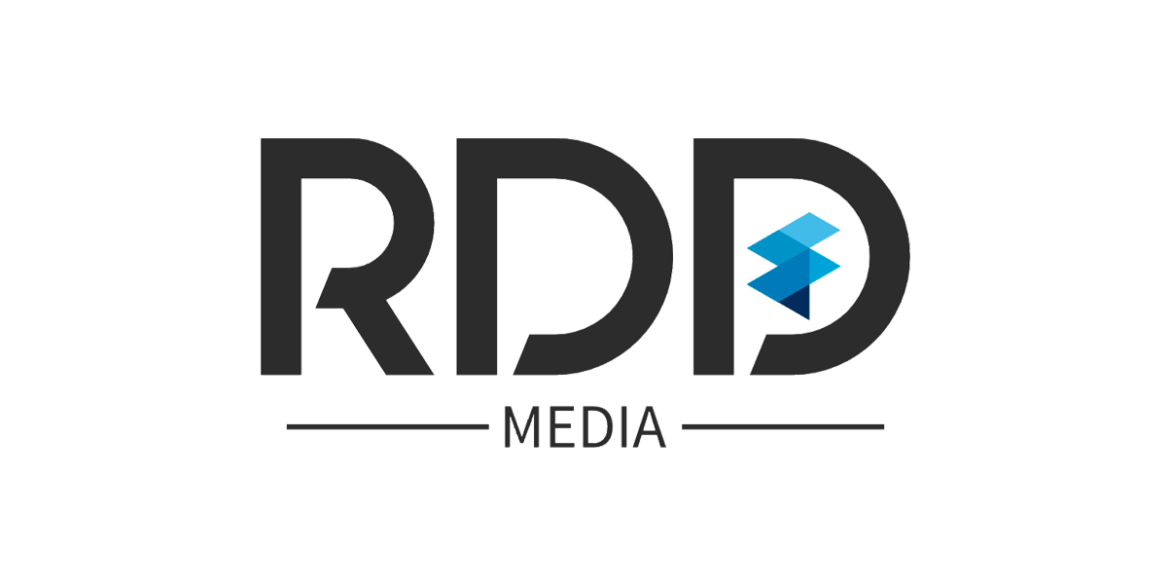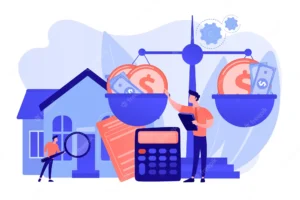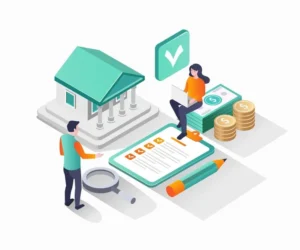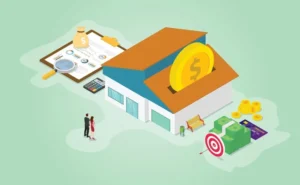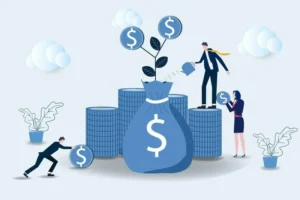Introduction to Debt Repayment and Credit Score Improvement

Debt and credit scores are topics that touch the lives of millions of people worldwide. In this comprehensive guide, we will delve into the intricacies of managing debt and enhancing your credit score. Whether you’re buried under a mountain of loans or looking to secure a better financial future, understanding these concepts is essential.
Contents
- I. Understanding Debt and Credit Scores
- II. Assessing Your Financial Situation
- III. Creating a Debt Repayment Plan
- IV. Managing Credit Cards Responsibly
- V. Dealing with Other Types of Debt
- VI. Building Healthy Financial Habits
- VII. Monitoring and Tracking Progress
- VIII. Legal and Ethical Considerations
- IX. Improving Your Credit Score
- X. Success Stories and Tips from Experts
- XI. Conclusion
I. Understanding Debt and Credit Scores
What is Debt?
Debt is a financial obligation that arises when you borrow money from creditors or lenders. It can come in various forms, including credit card debt, student loans, mortgages, and personal loans. In today’s digital age, it’s crucial to be aware of emerging financial technologies like buy-now-pay-later services that may encourage impulse spending and potentially lead to debt accumulation.
What is a Credit Score?
Your credit score is a three-digit number that reflects your creditworthiness. While the fundamental principles remain consistent, modern credit scoring models may incorporate alternative data sources, such as utility payments and rental history, to provide a more holistic view of your financial behavior.
The Relationship Between Debt and Credit Scores
The correlation between debt and credit scores remains a cornerstone of financial literacy. Contemporary financial literature highlights the significance of managing digital financial footprints, including online subscriptions and e-commerce platforms, as these can affect your creditworthiness through unanticipated late payments or utilization spikes.
Why Improving Your Credit Score Matters
In our interconnected world, the importance of a good credit score extends beyond traditional financial services. It can influence your ability to secure housing, obtain insurance, and even land a job. In the digital era, safeguarding your personal information is crucial to prevent identity theft, which can adversely affect your credit profile.
II. Assessing Your Financial Situation

Calculating
Your Total Debt Modern financial tools, such as budgeting apps and online calculators, can simplify the process of calculating your total debt. These tools provide real-time tracking of your financial obligations, offering a more accurate and up-to-date view of your debt landscape.
Reviewing Your Credit Report
In the age of data breaches and identity theft, frequent credit report monitoring is paramount. Modern credit monitoring services offer real-time alerts for suspicious activity and provide identity theft protection services.
Identifying Problematic Debt
Emerging fintech solutions analyze spending patterns and offer personalized debt management recommendations. These platforms use artificial intelligence to identify problematic debt and suggest strategies for optimizing your financial situation.
Setting Clear Financial Goals
In the digital age, goal-setting apps and financial planning software make it easier than ever to set and track financial objectives. These tools can help you visualize your progress and stay motivated.
III. Creating a Debt Repayment Plan

Snowball vs. Avalanche Method
Contemporary debt repayment apps can simulate both the snowball and avalanche methods, helping you choose the strategy that aligns with your financial goals and preferences. These apps offer customized debt reduction plans and calculate the potential savings from each approach.
Budgeting and Expense Tracking
Modern budgeting apps offer advanced features like expense categorization, automatic transaction syncing, and spending trend analysis. They provide valuable insights into your spending habits, making it easier to create a realistic budget.
Negotiating with Creditors
In the digital era, communication with creditors has evolved. You can now negotiate lower interest rates or extended repayment terms through email, chat, or secure online portals, streamlining the negotiation process.
Debt Consolidation Options
Online lending platforms and peer-to-peer lending networks have transformed debt consolidation. Borrowers can explore various options, receive multiple offers, and select the most suitable consolidation loan—all online.
IV. Managing Credit Cards Responsibly

Credit Card Utilization
Modern financial apps and credit monitoring services provide real-time credit utilization tracking. They can send alerts when your credit utilization approaches critical levels, helping you manage your credit card balances more effectively.
Paying Credit Card Bills on Time
Automated payment reminders and mobile banking apps have made it easier than ever to pay credit card bills on time. Additionally, many credit card issuers offer mobile apps that allow you to set up automatic payments and monitor your account activity in real-time.
Avoiding Minimum Payments Trap
Debt repayment calculators integrated into banking apps can illustrate the long-term consequences of making only minimum payments on credit cards. This real-time feedback encourages users to pay more than the minimum, reducing interest costs and accelerating debt payoff.
Strategies for Reducing Credit Card Debt
Contemporary financial literature emphasizes the importance of diversifying your debt reduction strategies. Apps and platforms provide personalized recommendations, taking into account your financial goals, available resources, and risk tolerance.
V. Dealing with Other Types of Debt
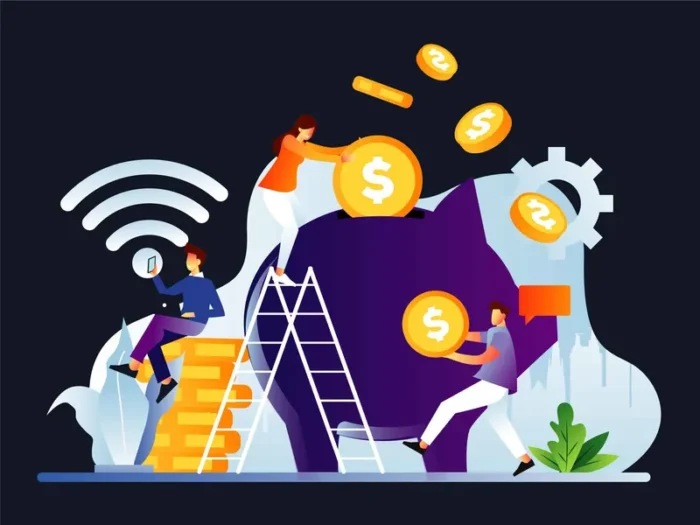
Student Loans
Online student loan management platforms offer a centralized hub for borrowers to monitor and manage their student loans. They provide up-to-date information on repayment options, loan forgiveness programs, and refinancing opportunities.
Personal Loans
Peer-to-peer lending platforms have simplified the process of obtaining personal loans, offering competitive interest rates and flexible repayment terms. Users can access a wide range of loan options and receive funding quickly.
Mortgage and Home Equity Loans
Digital mortgage platforms streamline the home buying and refinancing process, allowing borrowers to apply, submit documentation, and track their mortgage progress online. Home equity loan calculators help homeowners assess the potential benefits of tapping into home equity for various purposes.
Medical Debt
Modern medical billing platforms often include patient portals, enabling individuals to review and dispute medical bills online. They offer transparent billing breakdowns and provide options for negotiating bills and setting up payment plans.
VI. Building Healthy Financial Habits

Emergency Funds
Online savings accounts and mobile banking apps offer convenient options for establishing and automating contributions to emergency funds. These digital tools make it easier to track your progress toward building a robust financial safety net.
Savings and Investments
Robo-advisors and investment apps have democratized investing, making it accessible to a broader audience. These platforms provide automated portfolio management, diversified investment options, and educational resources.
Avoiding Impulse Spending
Mobile budgeting apps offer real-time spending insights, helping users identify and curb impulse spending. Some apps even use behavioral economics principles to nudge users toward more mindful financial decisions.
The Importance of Financial Education
Online courses, webinars, and financial literacy apps have become prevalent resources for improving financial knowledge. These platforms offer interactive learning experiences, quizzes, and certification programs.
VII. Monitoring and Tracking Progress

Regularly Reviewing Credit Reports
Free credit monitoring services and apps provide users with access to their credit reports and scores. They offer personalized insights into the factors affecting credit scores and provide guidance on how to maintain or improve credit health.
Using Credit Monitoring Services
Modern credit monitoring services offer enhanced features, such as identity theft protection, dark web monitoring, and social media monitoring. These comprehensive services help users safeguard their personal information and financial accounts.
Celebrating Milestones and Progress
Financial apps often include goal-tracking features that allow users to celebrate milestones along their financial journey. Users can set up notifications and rewards for reaching specific goals, creating a positive reinforcement loop.
Adjusting Your Plan as Needed
Digital financial tools provide real-time financial analysis and scenario planning. Users can adjust their financial plans on the fly, taking into account changes in income, expenses, or financial goals.
VIII. Legal and Ethical Considerations
Bankruptcy as a Last Resort
Online resources offer comprehensive information about bankruptcy types, eligibility criteria, and the process involved. They provide guidance on alternatives to bankruptcy and offer insights into the long-term consequences.
Debt Settlement vs. Debt Management
Debt settlement companies and credit counseling agencies now offer online platforms for users to explore their options. These platforms provide transparency regarding fees, success rates, and potential impacts on credit.
Recognizing Debt Relief Scams
Educational resources and government websites offer up-to-date information on common debt relief scams and how to spot them. They also provide guidance on reporting fraudulent activity and seeking legal recourse.
IX. Improving Your Credit Score
Factors Affecting Credit Scores
Online credit education platforms offer interactive credit score simulators. Users can experiment with various financial scenarios to understand how different actions will affect their credit scores.
Steps to Raise Your Credit Score
Credit score improvement plans offered by financial apps provide personalized recommendations based on users’ credit profiles. These plans break down actionable steps and provide progress tracking.
The Time Frame for Improvement
Credit score monitoring apps often include features that project future credit scores based on current behavior. This helps users set realistic expectations and timelines for credit score improvement.
Rebuilding Credit After Bankruptcy
Digital resources offer guidance on rebuilding credit after bankruptcy. They detail the steps individuals can take to gradually restore their creditworthiness.
X. Success Stories and Tips from Experts
Real-life stories of individuals who successfully paid off debt and improved their credit scores
Numerous personal finance blogs, podcasts, and YouTube channels share inspiring success stories and interviews with individuals who have achieved financial independence. These platforms also provide practical tips and insights.
Insights and advice from financial experts
Leading financial experts and authors regularly share their insights on digital platforms, offering guidance on a wide range of financial topics, from investing and retirement planning to debt management and credit improvement.
XI. Conclusion
In conclusion, the digital age has transformed the landscape of personal finance, offering an array of tools, resources, and platforms to help individuals manage debt and improve their credit scores. By leveraging these digital resources and following the guidance from experts, you can take control of your financial future, achieve debt freedom, and build a strong credit profile.
Remember, financial empowerment begins with knowledge and action. Embrace the digital era’s resources, stay committed to your financial goals, and embark on your journey toward a brighter financial future.
